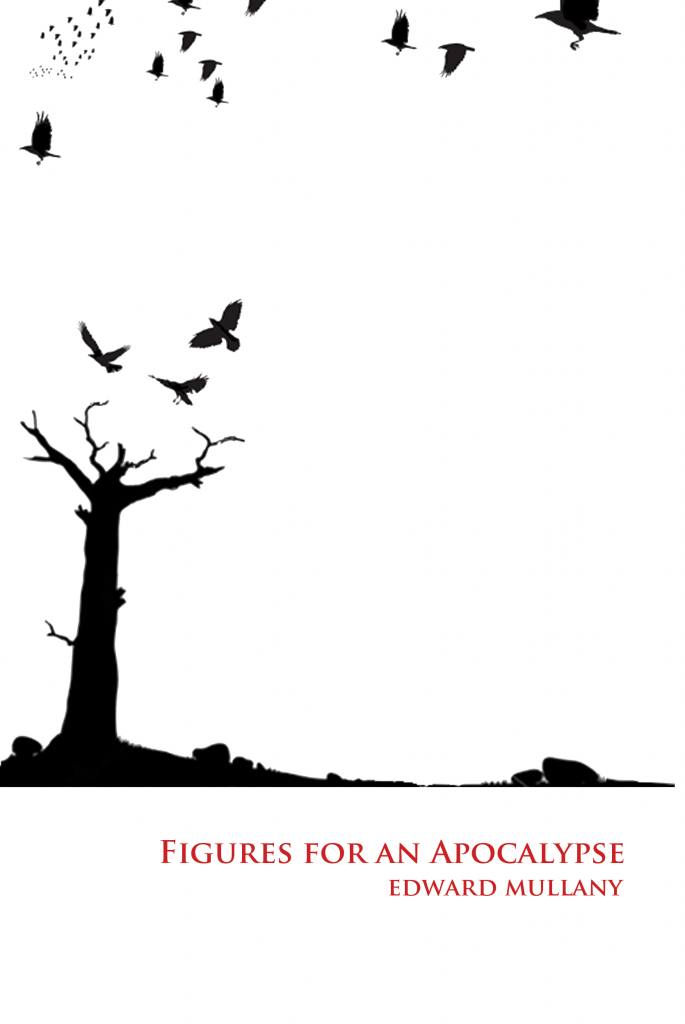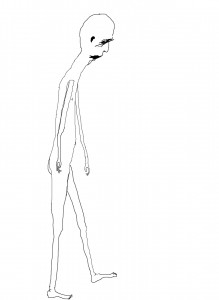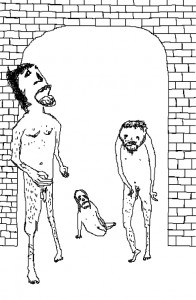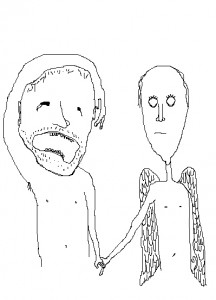
There’s a movie about a man who wakes one morning alone in bed, in a house in a suburb, in an unnamed city. He goes downstairs, eats toast, drinks coffee. He is getting ready for his day the way he always does.
But something is wrong. The world is too quiet. When he turns on the radio, no voices or sounds are heard.
The man looks out the window. The camera lets us study his face. He seems intelligent, but not philosophical. Thoughtful, but not overly so.
In his suit and tie, he walks outside, holding his last bit of toast.
There is his car, in his driveway.
He stands on the lawn, waiting for someone to drive past.
Nobody does.
And then he goes into the city, and finds nobody there.
I saw this movie when I was a child, and it frightened me because it seemed real. A man could wake one morning and everyone in the world could have disappeared. And then what would he do?

This movie comes to mind when I think about why I write what I write about – people who are lost, or people who are by themselves when they don’t want to be by themselves. I’m talking about influences, or, as Raymond Carver called them, fires. Of course, when Raymond Carver talked about fires, he was referring to the circumstances of a writer’s own life – events that constrain you in such a way that they shape your creative output. Things that are near and urgent. A movie watched is a movie watched. It isn’t a child of whom you are the parent. It isn’t financial hardship, or illness, or a psychological condition.
And yet, for me, there it is – this movie. I can’t remember what it’s called. I tried to Google it, but I couldn’t find it. Maybe I’m remembering it wrong.
There’s something else I remember about that movie though, which is this: the man isn’t actually alone. Two other characters – survivors of whatever ‘cataclysm’ occurred – eventually appear; and he and they try to figure out what has happened to them. And they try to get along. I don’t mention this as an afterthought, but rather because I view it as the complexity that follows the disquiet of the opening scenes. There’s heart in this movie, is what I’m saying. And shouldn’t there always be? Can art ever be spectacle alone?
I have an uneventful life. I was going to say a “boring” life, but that would not do justice to the people who are in my life and who I love. Perhaps it would be better to say that I’m not under pressures that would make my life eventful. The fires Raymond Carver had in his life (children, debt, alcoholism), my life tends to lack. And yet I don’t feel uninspired. I feel followed, in fact. Shadowed. Harangued. Wrestled with and laughed at by invisible beings.

Every writer I have read that I still remember has probably influenced me to some degree. But there is something that has been in my life since before I learned to read, and that is my religion, which is Catholicism. It is partly to this that I attribute those “invisible beings” that I feel are always following me. I say “partly” because my personality, or my psychological and emotional makeup, is probably also to blame. But I shouldn’t say “to blame”. That makes me sound as though I wish they would go away. And I don’t.

Edward Mullany is the author of If I Falter at the Gallows (Publishing Genius, 2011) and Figures for an Apocalypse, out from Publishing Genius on December 17. He collects his drawings, paintings and comics at The Other Notebook.
Follow Vol. 1 Brooklyn on Twitter, Facebook, Google +, our Tumblr, and sign up for our mailing list.

1 comment
i liked this thing